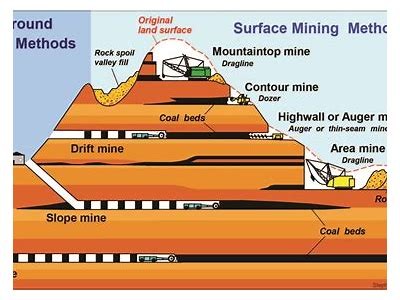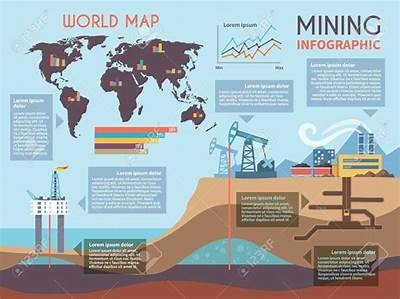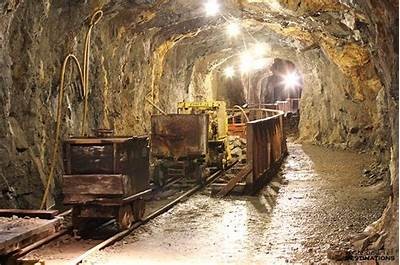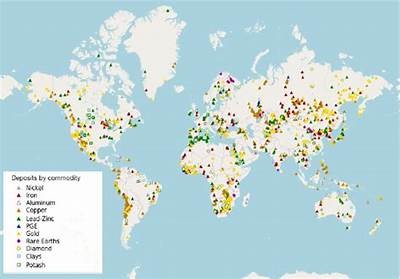Mines have been a fundamental part of human civilization for thousands of years, providing essential resources that have fueled progress and development. As we delve into the intriguing world of mines, we will explore their rich history, various mining techniques, and the future prospects of this vital industry. Through this exploration, we aim to gain a comprehensive understanding of how mining has shaped our society and continue to impact our lives.

The history of mining dates back to prehistoric times when early humans used simple tools to extract minerals from the earth. Archaeological evidence suggests that mining activities commenced around 40,000 years ago, with the extraction of flint and other stones for tool-making.

As civilizations evolved, so did mining techniques. The ancient Egyptians mined gold, using advanced methods to refine the metal. The Greeks and Romans further developed mining practices, introducing practices such as hydraulic mining and the use of slaves for labor. These early efforts laid the groundwork for modern mining, making it an integral part of economic development throughout history.

Traditionally, mining methods relied heavily on manpower and rudimentary tools. Techniques such as panning, placering, and small-scale quarrying were common in the early stages of mining. Panning, for instance, involved washing soil or gravel in water to separate valuable minerals.

The Industrial Revolution marked a significant turning point in mining history. The introduction of steam engines, railways, and mechanized equipment revolutionized the industry, enabling miners to access deeper and more remote deposits. Coal mining expanded rapidly during this period, fueling the energy needs of growing industrial cities.

Today, mining techniques have advanced dramatically. Open-pit mining, underground mining, and mountaintop removal are some of the prevalent methods employed by the industry. Advancements in technology, such as robotics and automated systems, have increased efficiency and safety in mining operations. Environmental Impacts of Mining
While mining continues to be vital for economic growth, it also poses significant environmental challenges. Deforestation, loss of biodiversity, soil erosion, and water contamination are some of the adverse effects associated with mining activities. The demand for minerals has intensified these issues, prompting the industry to seek more sustainable practices. Sustainable Mining Practices
To mitigate the environmental impacts, mining companies are increasingly adopting sustainable practices. Techniques such as reforestation, water recycling, and zero-waste strategies are being implemented to minimize ecological disruption. Collaboration between governments, NGOs, and mining companies is crucial in promoting sustainable development in the mining sector. Economic Significance of Mining
The economic significance of mining cannot be overstated. It contributes billions to the global economy, providing jobs and livelihoods for millions of people worldwide. Minerals extracted from mines are essential for various industries, including construction, manufacturing, and technology. Global Mining Markets
China, Australia, and Canada are among the largest players in the global mining market. The demand for minerals such as copper, lithium, and rare earth elements continues to rise, driven by technological advancements and a shift toward renewable energy sources. The Future of Mining Technological Innovations
Looking ahead, the future of mining is poised for transformative changes. Innovations in artificial intelligence, machine learning, and blockchain technology are expected to optimize operations, enhance safety, and improve resource management. These advancements will not only increase productivity but also help address some of the industry’s longstanding challenges. Regulatory and Ethical Considerations
As the mining industry evolves, regulatory frameworks and ethical considerations are increasingly coming to the forefront. Stricter environmental regulations and a greater emphasis on corporate social responsibility will shape the next generation of mining practices. Conclusion
The exploration of mines is as fascinating as it is complex, encapsulating a journey through time that reflects humanity's ingenuity and resilience. As we navigate the future of mining, balancing economic needs with environmental stewardship and ethical responsibility will be crucial for sustainable progress. Tags




